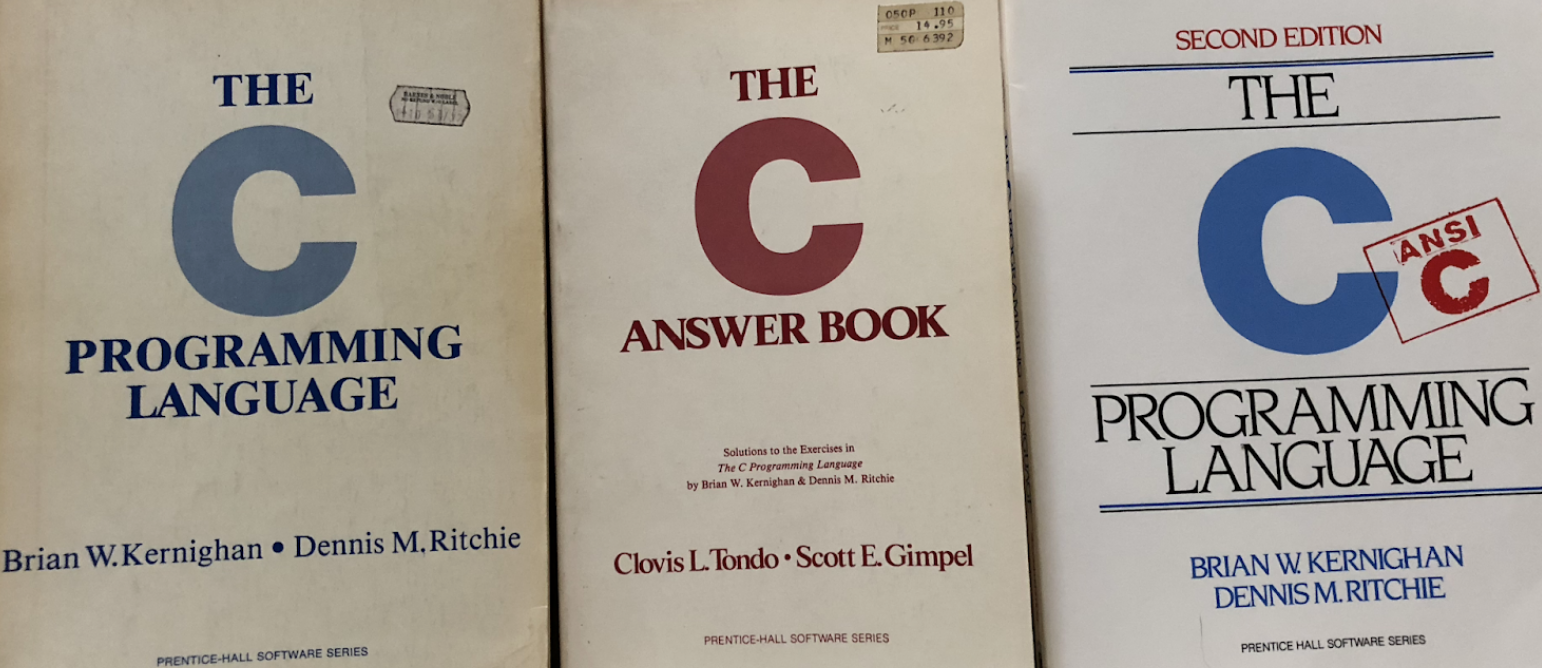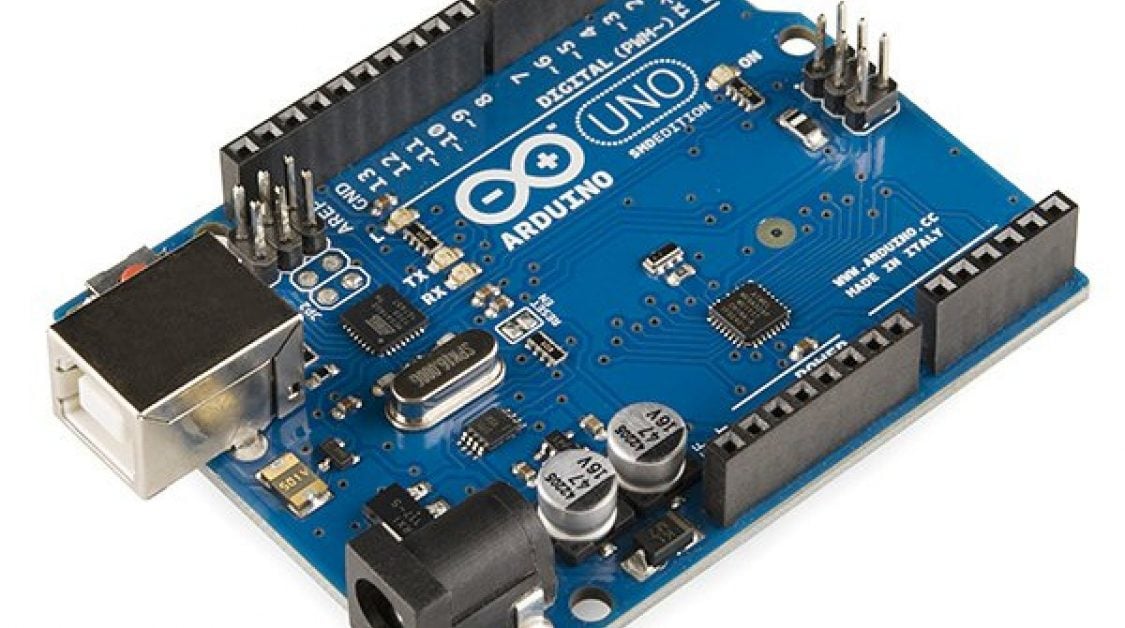I recently answered this question on Quora and thought this would make a good blog article, I think the question is quite interesting for anyone who writes software for a living.
Over time, software developers have become specialist language developers, in other words, you get .NET developers, C++ developers, Java Developers, etc… and there are several reasons for this happening. It seems like every week there is a new language that promises to be the solution for all the problems with programming languages that have come before, or a new design pattern that emerges because of a new capability in a given language. On top of that, languages have become so complex and so a fair degree of specialization is required to make good use of what is available.
The problem with this programming language specialization is the focus tends to shift from business focus to language/technology focus and this is what a lot of traditional software developers have become. For example, .NET developers want to use the latest .NET x feature, or C++ developers feel they must use the newest coroutine capability in C++20. Suppose I need to implement a function that takes a file and transforms it into another file, using std::filesystem instead of POSIX filesystem functions, that may well be exciting for me as a C++ developer getting to use some of the new C++17 features for the first time, but the business value of my output is no different. In truth, the business value I deliver would be lower because it will take more of my time while I figure out that new language feature.
Software developers tend to focus on their specialization, “I am a C++ programmer” or “I am a .NET C# developer” is how someone might describe what they do.
Software engineers are a different type of developer. The language one might use is really just a tool, an engineer might have tool(s) of choice, but actually care more (a lot more) about the needs of the business and the problems they are solving, than they do about using the latest language feature and the newest compiler to solve the problem. The output of a Software Engineer is always more aligned with business value delivered than that of a Software Developer (using the above definitions).
In my experience, quite a large portion of software developers get bored of creating the same old business value stuff, and are not “fulfilled” either personally or from a resume/career progression point of view, if the focus is not on using latest compiler features, patterns or new things that will define their skill set. This is because they are more engaged with the technology and specialization domain than the value they are supposed to be creating. The second most common reason for software developers to change jobs (the first being the pay, of course) is to take the opportunity to work on that new cool thing that will excite them. If you fall into this category, then you are a software developer, and you will ultimately be a commodity to the organizations you work for.
Being an engineer is much more about being engaged and aligned with your companies strategic aspirations and goals. If you find yourself believing in your companies mission; and you naturally interact with customers, and immerse yourself in the problems your customers are facing daily – and – you understand the overall systems architecture – and – you are employed primarily to write software; you are almost certainly a Software Engineer – the type that all good software companies aspire to hire.
A good way to think about it is this. If the product you work on is “your product” and you have to not only write it but support it, sell it and evangelize about it, these are the things you would do as a software engineer within a company. Ok, you might not go out and do the selling directly, but you would certainly have a stake in the success of sales activity.
Now you cannot just change your title from Developer to Software Engineer and expect to get more job opportunities or better pay! If you are going to call yourself a Software Engineer, then you need to exhibit the characteristics of one, people that look for software engineers are experienced enough to recognize them, and see through the ones that are only pretending/hoping to be an engineer.
More and more companies are looking to hire Software Engineers and not Software Developers, be honest with yourself and ask yourself the question: –
Are you a Software Developer or Software Engineer?





